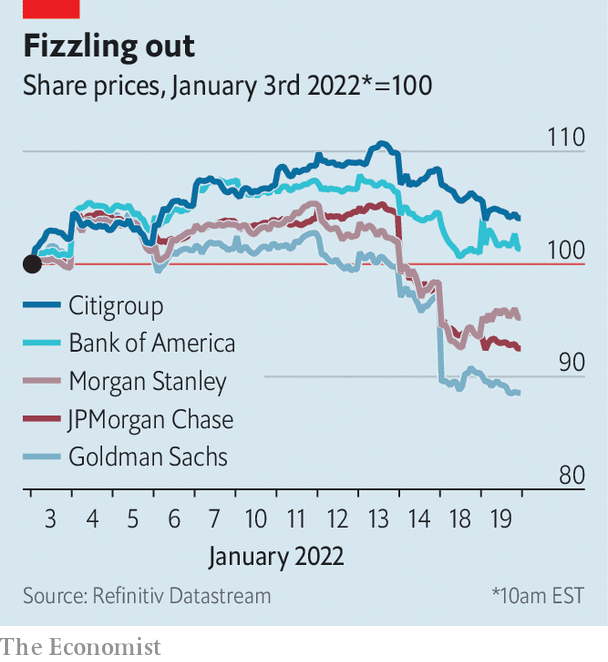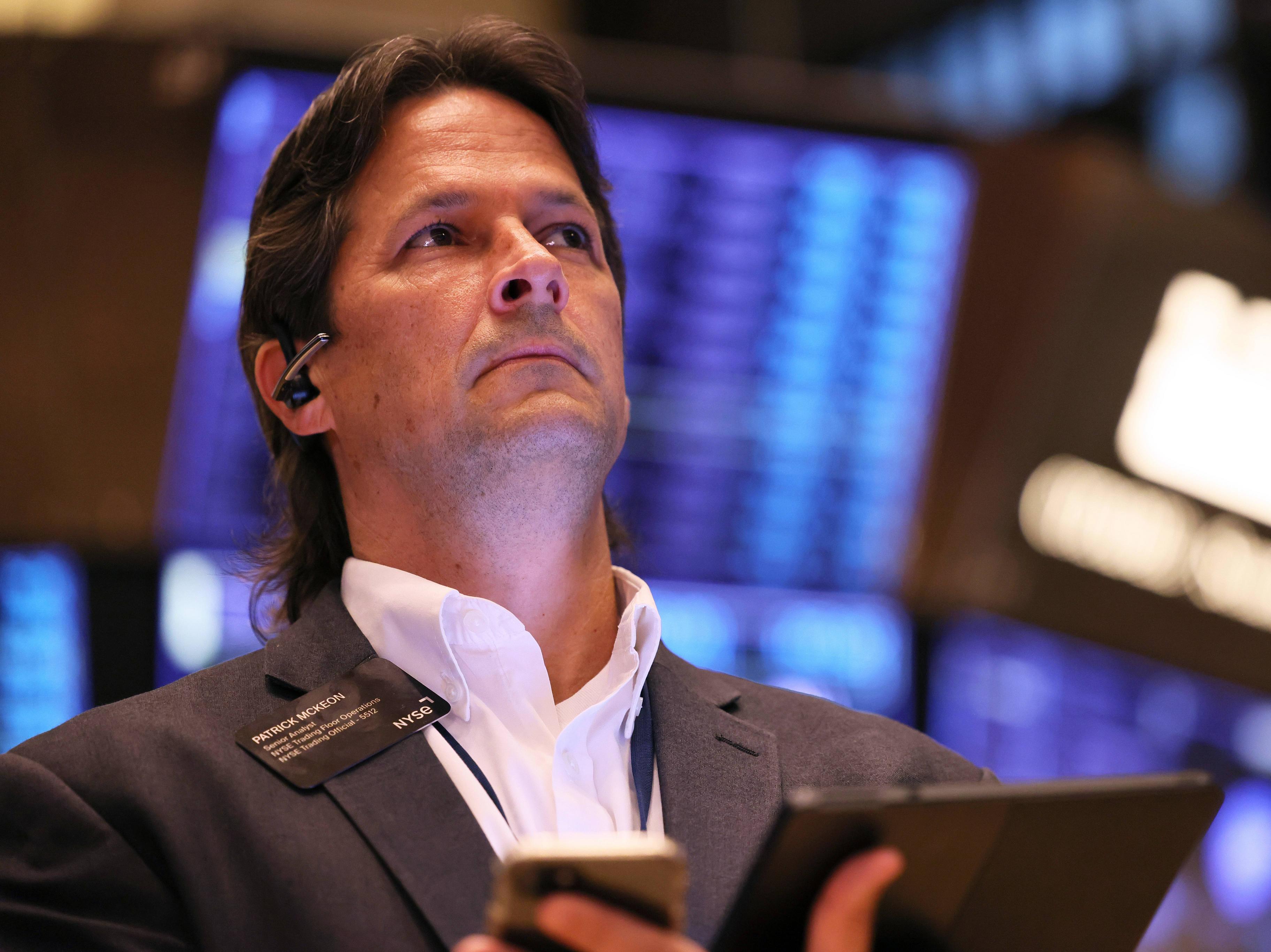
Alert securities help you stay on top of stock prices. These systems alert you when a stock, ETF, or other financial instrument goes up or below a certain percentage. They are able to place stock movements into context and can spot patterns in the wake of certain events. Here are some common types of alerts. These systems can save you a lot of time and energy.
Normal, non-malicious actions can trigger alerts
An Alert is an alert that is sent to you when there is suspicious activity. This is an indication that a security incident has been identified. An Alert is typically triggered by a security system detecting a threat actor's possible malicious attack. An Alert is sent to the security system to be triaged. If the threat actor is detected, the alert is de-escalated to an Incident.
Analyzing alerts involves linking an event to a preset alarm rule. The programmatic correlation logic generates alarms. After that, the event is investigated to determine whether it is a False Positve or an Incident. Sometimes, Incident Response Processes are used to resolve incidents. An alert can also be enhanced with queries against historical data or additional event sources in a Data Lake.

Alert levels
The Securities and Exchange Commission (SEC) has issued several Investor Alerts to help investors determine when to sell or buy securities. The alerts are issued based on recent events or trends. The newest investor alert focuses on digital currency. This alert warns that speculative trading of Bitcoin carries significant risks.
Investors may set up alerts in order to be notified when an ETF, stock, or other investment moves by a specified percentage. This allows them to spot large market moves and place them in context. It also helps them recognize patterns that follow specific events.
Alert types
There are two basic types if alerts for securities. The first alert is a simple one-variable alert. The second type uses an intermediate criterion based on a change in a predetermined value. Both types can be used to alert you if the price for a security goes up or down.
Alerts can be set up for specific prices. An alert can be set up to notify you when a certain stock, ETF, bond, or other financial instrument goes up or falls by a specified percentage. These alerts help you identify big moves and put the price into context. You can also use them to help identify patterns following certain events.

Alert levels graphs
It is difficult to develop alert levels and it requires collaboration from many stakeholders. The system must be transparent, based on sound public health principles, and must be able to incorporate new evidence as the risk level changes. It is important to be able to easily understand alert levels and communicate quickly and easily via social media and mass media.
The level of volatility and risk are the main criteria used to determine alert levels. These indicators should be considered in conjunction with other data and indicators. The indicators must be quantifiable. Additionally, the user should be allowed to modify the thresholds. However, in the case of a security, the thresholds and the level of risk cannot be completely automated. Also, it is important to allow for the possibility of change if users will be switching security frequently.
Alert user name
There are many ways you can customize your Alert's username and email address. For example, you can associate a user's email with their phone number. You can also control which types of alerts they receive. You can also choose to have alerts sent both to your email and to your mobile phone if you have both an account with the company.
FAQ
Why is marketable security important?
The main purpose of an investment company is to provide investors with income from investments. It does this by investing its assets into various financial instruments like stocks, bonds, or other securities. These securities offer investors attractive characteristics. These securities may be considered safe as they are backed fully by the faith and credit of their issuer. They pay dividends, interest or both and offer growth potential and/or tax advantages.
What security is considered "marketable" is the most important characteristic. This refers to how easily the security can be traded on the stock exchange. Securities that are not marketable cannot be bought and sold freely but must be acquired through a broker who charges a commission for doing so.
Marketable securities include common stocks, preferred stocks, common stock, convertible debentures and unit trusts.
These securities are preferred by investment companies as they offer higher returns than more risky securities such as equities (shares).
Why is a stock called security?
Security is an investment instrument that's value depends on another company. It may be issued by a corporation (e.g., shares), government (e.g., bonds), or other entity (e.g., preferred stocks). If the asset's value falls, the issuer will pay shareholders dividends, repay creditors' debts, or return capital.
How are securities traded
Stock market: Investors buy shares of companies to make money. Investors can purchase shares of companies to raise capital. When investors decide to reap the benefits of owning company assets, they sell the shares back to them.
Supply and demand determine the price stocks trade on open markets. The price goes up when there are fewer sellers than buyers. Prices fall when there are many buyers.
There are two ways to trade stocks.
-
Directly from your company
-
Through a broker
Statistics
- US resident who opens a new IBKR Pro individual or joint account receives a 0.25% rate reduction on margin loans. (nerdwallet.com)
- For instance, an individual or entity that owns 100,000 shares of a company with one million outstanding shares would have a 10% ownership stake. (investopedia.com)
- Individuals with very limited financial experience are either terrified by horror stories of average investors losing 50% of their portfolio value or are beguiled by "hot tips" that bear the promise of huge rewards but seldom pay off. (investopedia.com)
- Our focus on Main Street investors reflects the fact that American households own $38 trillion worth of equities, more than 59 percent of the U.S. equity market either directly or indirectly through mutual funds, retirement accounts, and other investments. (sec.gov)
External Links
How To
How to Trade in Stock Market
Stock trading involves the purchase and sale of stocks, bonds, commodities or currencies as well as derivatives. Trading is French for "trading", which means someone who buys or sells. Traders buy and sell securities in order to make money through the difference between what they pay and what they receive. This is the oldest form of financial investment.
There are many ways to invest in the stock market. There are three types of investing: active (passive), and hybrid (active). Passive investors only watch their investments grow. Actively traded investors seek out winning companies and make money from them. Hybrid investors use a combination of these two approaches.
Passive investing is done through index funds that track broad indices like the S&P 500 or Dow Jones Industrial Average, etc. This method is popular as it offers diversification and minimizes risk. All you have to do is relax and let your investments take care of themselves.
Active investing means picking specific companies and analysing their performance. Active investors will look at things such as earnings growth, return on equity, debt ratios, P/E ratio, cash flow, book value, dividend payout, management team, share price history, etc. Then they decide whether to purchase shares in the company or not. If they feel the company is undervalued they will purchase shares in the hope that the price rises. They will wait for the price of the stock to fall if they believe the company has too much value.
Hybrid investments combine elements of both passive as active investing. You might choose a fund that tracks multiple stocks but also wish to pick several companies. In this case, you would put part of your portfolio into a passively managed fund and another part into a collection of actively managed funds.